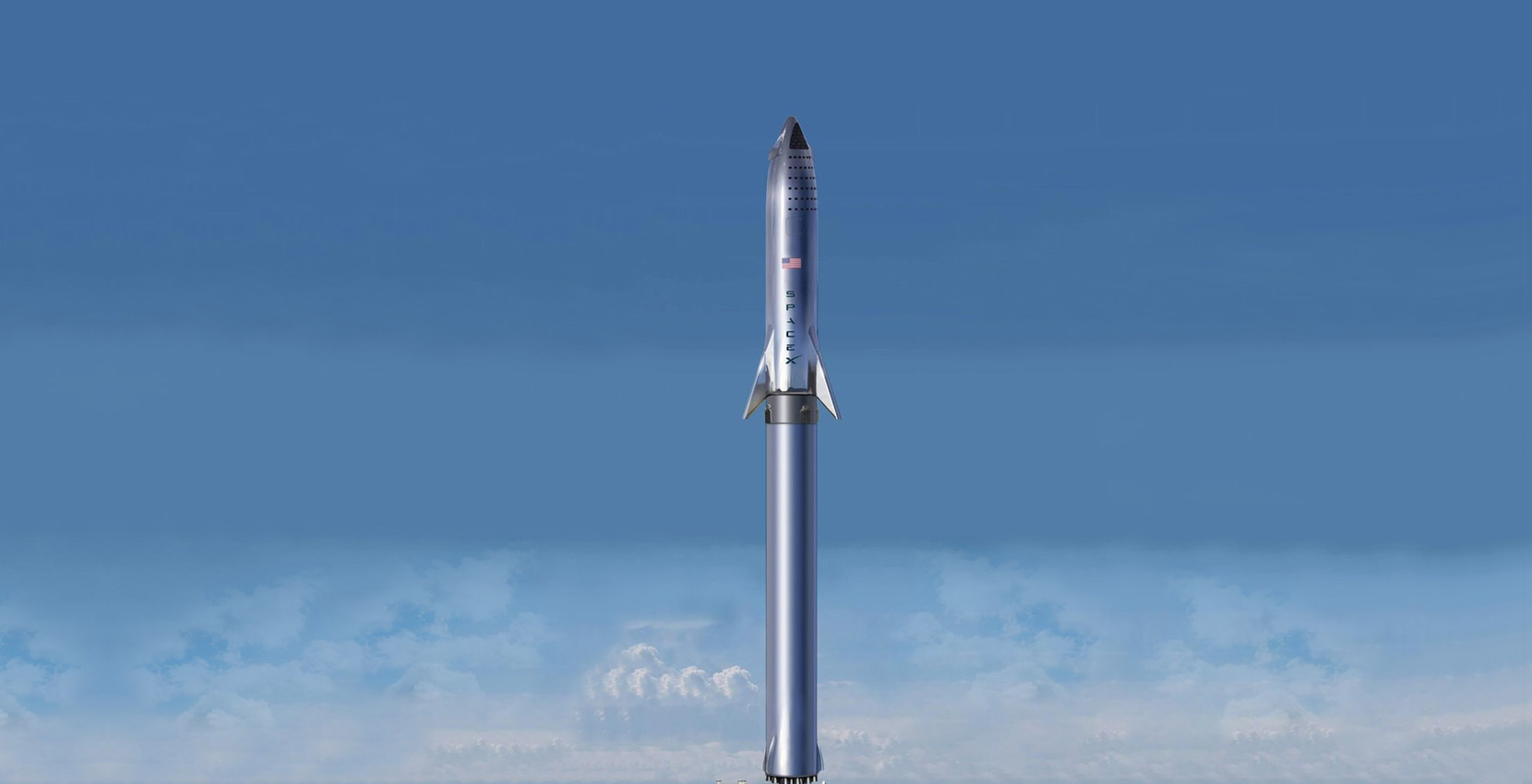
Monthly
Stainless Trivia
Fill in your answer below

Types of Stainless Steel
Stainless steel has become an integral part of architectural marvels, iconic vehicles, and cutting-edge machinery in the world. As we step into the future, stainless steel continues to evolve to become the driving force of innovation.
Types of Stainless Steel
stainless steel grades are essentially alloys of iron with more than 10.5% chromium. These grades may contain additional elements of nickel, manganese, carbon, nitrogen and silicon. They can further be modified for special purposes by addition of molybdenum, titanium, niobium, silicon, sulphur etc. A wide range of these grades have been developed based on specific requirements. These are classified into following categories based on their micro structure:
Austentic Stainless Steel
Austenitic Stainless Steel grades are characterized by superior corrosion and oxidation resistance, weldability, ductility and toughness compared to ferritic and martensitic stainless steel grades for similar levels of chromium. These grades exhibit excellent resistance to atmospheric corrosion, withstand attack of organic acids (e.g. acetic, lactic, citric etc.), exhibit good resistance to oxidizing acids (e.g. nitric acid), and fair resistance to mineral acids (e.g. sulfuric acid). They are well suited for severe forming. Austenitic Stainless Steel grades are nonmagnetic in annealed condition but they are depending on stainless steel composition, they may became midly magnetic when cold worked. They also exhibit excellent low temperature ductility and impact strength. Austenitic Stainless Steel grades can be readily fabricated by bending, drawing, spinning, punching, drilling, machining and welding and can be readily polished to a high finish. These attributes make them very versatile and popular for diverse applications in a variety of industries.
Martensitic Stainless Steel
Martensitic Stainless Steel grades are plain chromium grades containing 11.5 % to 18% of chromium with relatively high carbon content (0.1% - 1.2%). Initially developed for cutlery, these are well suited for applications requiring high hardness and resistance to abrasion and erosion. These grades are magnetic and display fair cold forming characteristics. Although these can be hardened by air cooling, oil quenching is sometimes used to assure uniform hardening. These grades can be welded but require stress relieving after welding. They exhibit their best corrosion resistance in the hardened condition and perform well in mildly corrosive, environments. Martensetic stainless steel grades are commonly used for knife blades, turbine blades, surgical instruments, fasteners, shafts,
Ferritic Stainless Steel
Ferritic Stainless Steel grades are non-hardenable plain chromium grades with chromium content varying from 10.5% to 28% and with low carbon content. These are magnetic and exhibit a better resistance to corrosion than martensitic grades. These grades are employed in applications where the desired formability, weldability and corrosion resistance is between those of martensitic, and austenitic types. The ferritics can be polished or buffed to achieve high luster.
Duplex Stainless Steel
Duplex Stainless Steel grades contain relatively high chromium (between 18% and 28%) and moderate amounts of nickel (1% to 8%). This combination of ferritic and austenitic structures is called duplex. Many of these grades contain molybdenum (1% to 5%) and nitrogen (0.05% to 0.3%). Some duplex Stainless Steel grades also contain manganese (up to 5%), copper (up to 2%) and tungsten (up to 2%. These grades exhibit high resistance to stress, corrosion cracking and chloride ion attack and have higher yield strength than that of austenitic or ferritic steel grades. These properties combined with suitable design lead to material saving. High quality fabrication and welding are possible if the operator is trained well. These grades are used in marine applications, offshore platforms, paper and pulp industry, chemical, petrochemical and desalination plants.